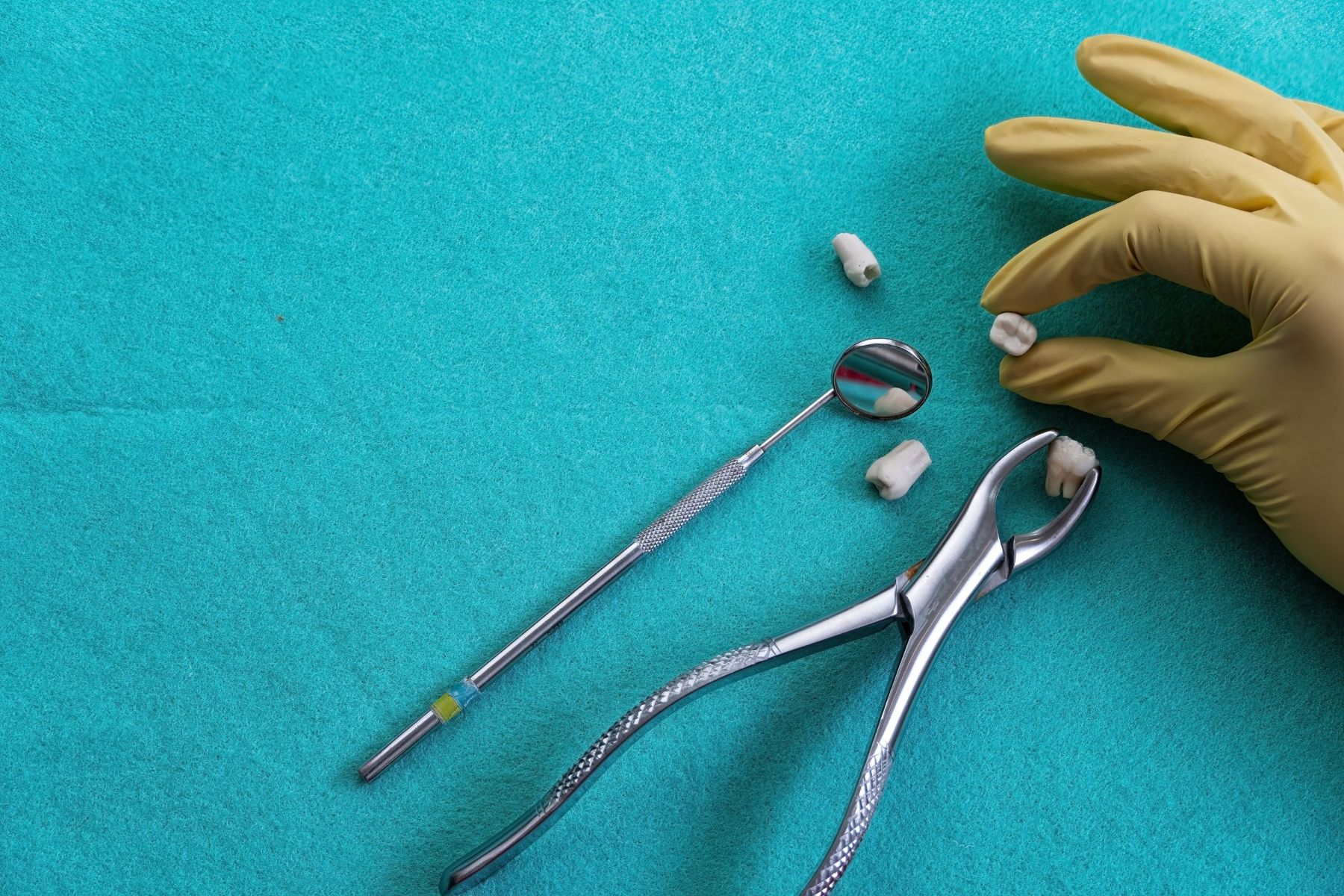Photo wirestock On Envato Elements
In the dental field, it is always recommended to save natural teeth whenever possible. To aid in this, various dental procedures have been developed to repair and protect damaged or diseased teeth.
However, in certain cases, the extent of the damage may be too severe and the only available option is to remove the affected tooth. Before undergoing a tooth extraction procedure, your dentist must determine that the advantages outweigh keeping the problematic tooth in place. If you have concerns about the procedure and its impact on your oral health, there are some important details worth understanding.
The level of discomfort may not be as intense as you may initially perceive it to be.
While primary teeth are meant to naturally fall out at a certain age, adult teeth are permanent. This can lead many to believe that tooth extraction involves forcefully pulling out the tooth, resulting in excruciating pain and bleeding. However, thanks to advancements in dentistry, the procedure is now very tolerable.
At Unicare Dental Center, we offer sedation methods such as local anesthesia and general anesthesia to ensure your comfort and numbness during the procedure. We also provide painkillers and guidelines for post-procedure care and healing.
Comparison between Simple and Surgical Extractions
There are various reasons and circumstances for extracting teeth. Initially, the Southwest Houston dentist will assess the cause of tooth extraction and then suggest the most suitable method for the procedure. Teeth can be extracted through simple or surgical means.
A straightforward extraction is carried out when the tooth is easily seen above the gum line and remains intact. An instrument called an elevator is utilized to loosen the tooth, followed by the use of forceps to extract the tooth from the jawbone and gum tissue.
Surgical extraction is necessary for teeth that have not fully erupted beyond the gum line. This procedure involves making an incision on the gums and extracting the tooth. In certain situations, the tooth may be broken into smaller fragments to facilitate quicker removal. After the extraction, stitches may be required or the wound may be left to heal naturally. Surgical extraction is typically performed for the removal of wisdom teeth or molars located at the back of the mouth.
The Importance of Brushing and Flossing Persists
It may be tempting to delay oral hygiene after undergoing an extraction and while the wound is healing. However, it is crucial to continue maintaining good oral health by keeping the mouth clean. Extra caution must be taken when brushing and flossing to avoid disturbing the extraction site. It is important to be gentle while brushing to prevent the dislodging of the clot that has formed in the empty socket. To ensure cleanliness, gently rinse the mouth with a saltwater solution at least twice a day.
The Recovery Process Takes Approximately Two Weeks
Typically, post-procedure discharge will take place. However, certain steps must be taken to prevent infection, alleviate discomfort, and accelerate the healing process. Your dentist will recommend resting for the initial 24 hours and avoiding any strenuous activities. Additionally, using a straw to drink within the first few days after the extraction is not advised, as the suction could disrupt the blood clot on the wound.
Painkillers will also be prescribed to manage any discomfort or pain that may occur after the procedure. To ensure proper healing, refrain from smoking and stick to a soft diet for a few days. If there is any swelling or soreness, applying a cold compress to the extraction site can help.
By following these measures, the recovery process will be smooth, and within approximately 2 weeks, you can resume your daily activities.
There are various reasons why a tooth extraction may be suggested, such as preventing the spread of an infection, extracting impacted teeth, or making space for remaining teeth. Addressing these issues can greatly benefit both your smile and overall oral health.




